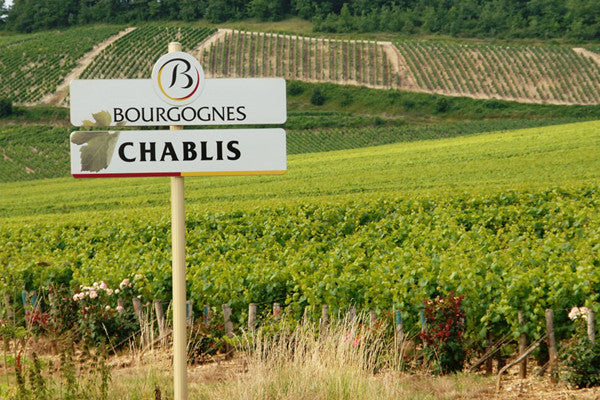Located in northeastern France, the Chablis region is considered the northernmost extension of the Burgundy wine region, but it is separated from the Côte d'Or by the Morvan hills, with the main wine city of Burgundy, Beaune, located over 100 km away. This fact makes the Chablis region relatively isolated from other wine regions, with the vineyards in southern Champagne, in the department of Aube, being the closest wine neighbors.
It is believed that Chardonnay was first planted in Chablis by the Cistercians of the Pontigny Abbey in the 12th century and from there spread southward to the rest of the Burgundy region.
In the early 1960s, technological advancements in protecting vineyards against frost minimized some of the risks and financial costs associated with the variability of harvests and the climate in Chablis. The global "Chardonnay boom" in the mid to late 20th century opened prosperous world markets for Chablis, and vine plantings experienced a period of steady growth. In 2004, vine plantings in Chablis reached just over 4,000 hectares.




